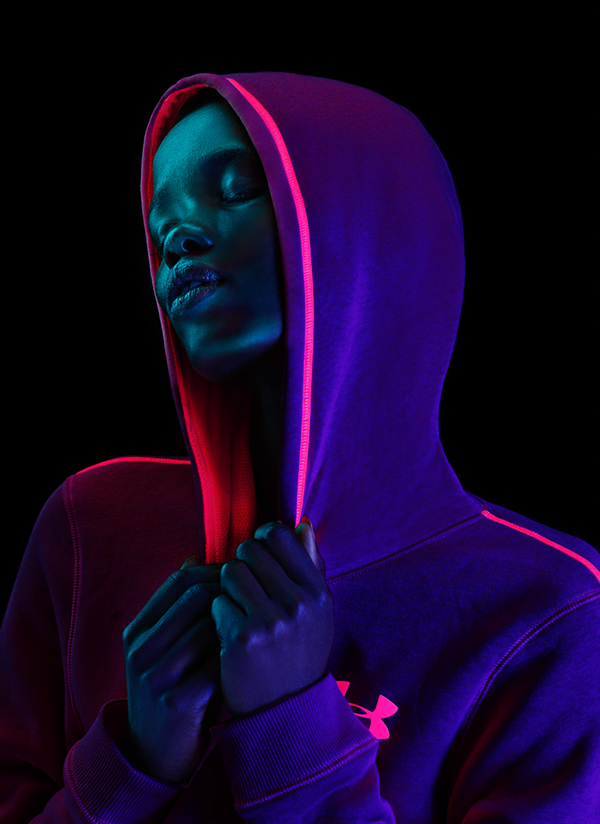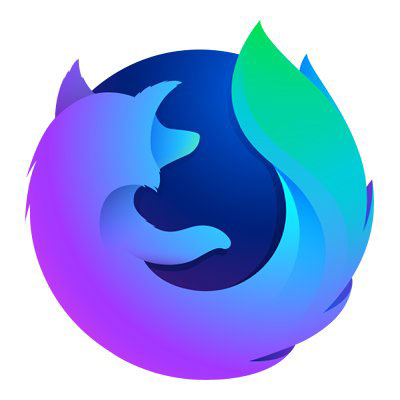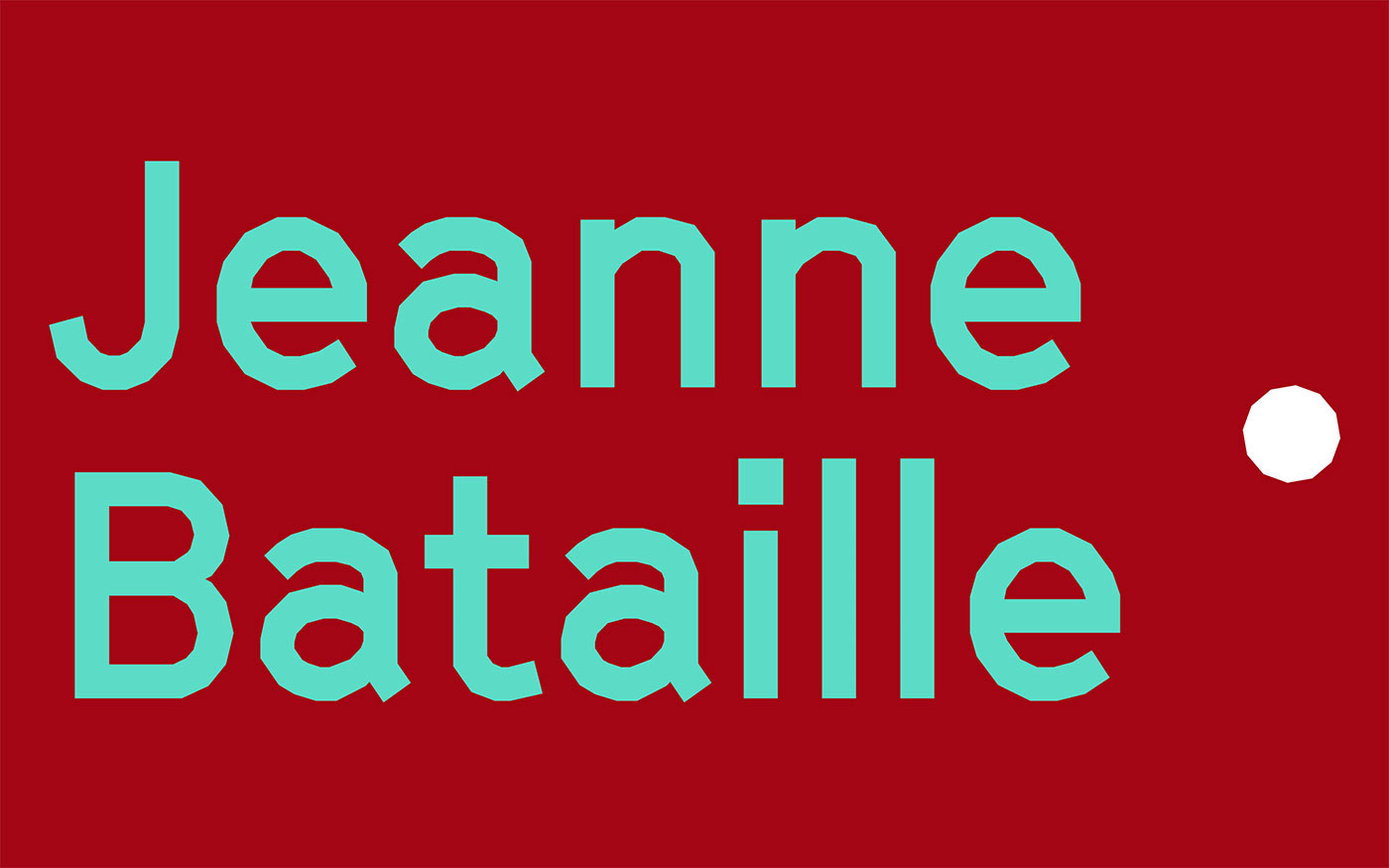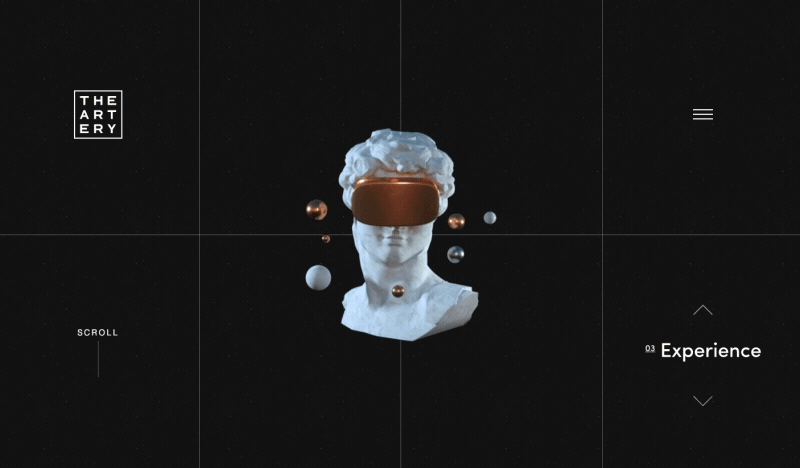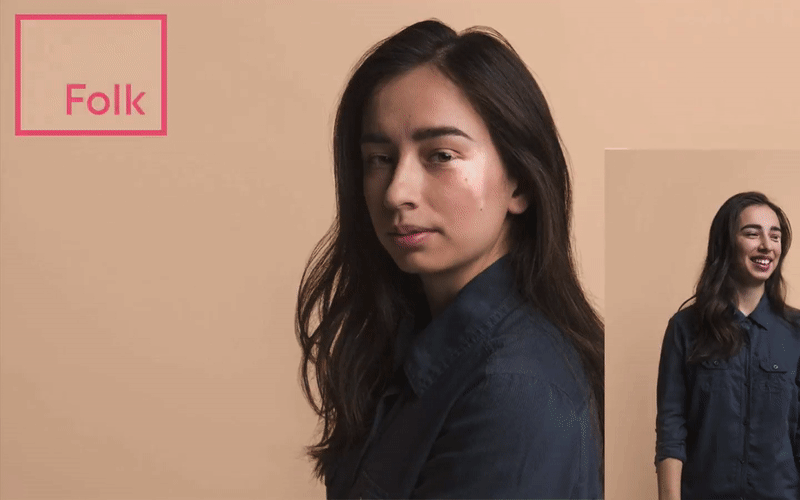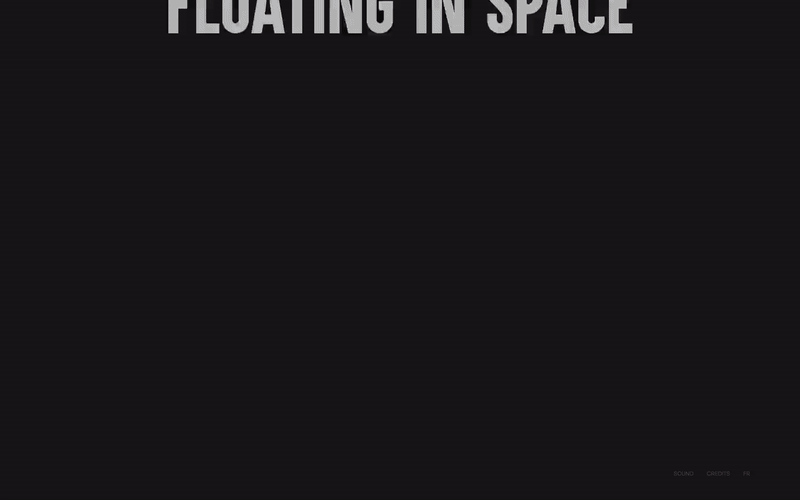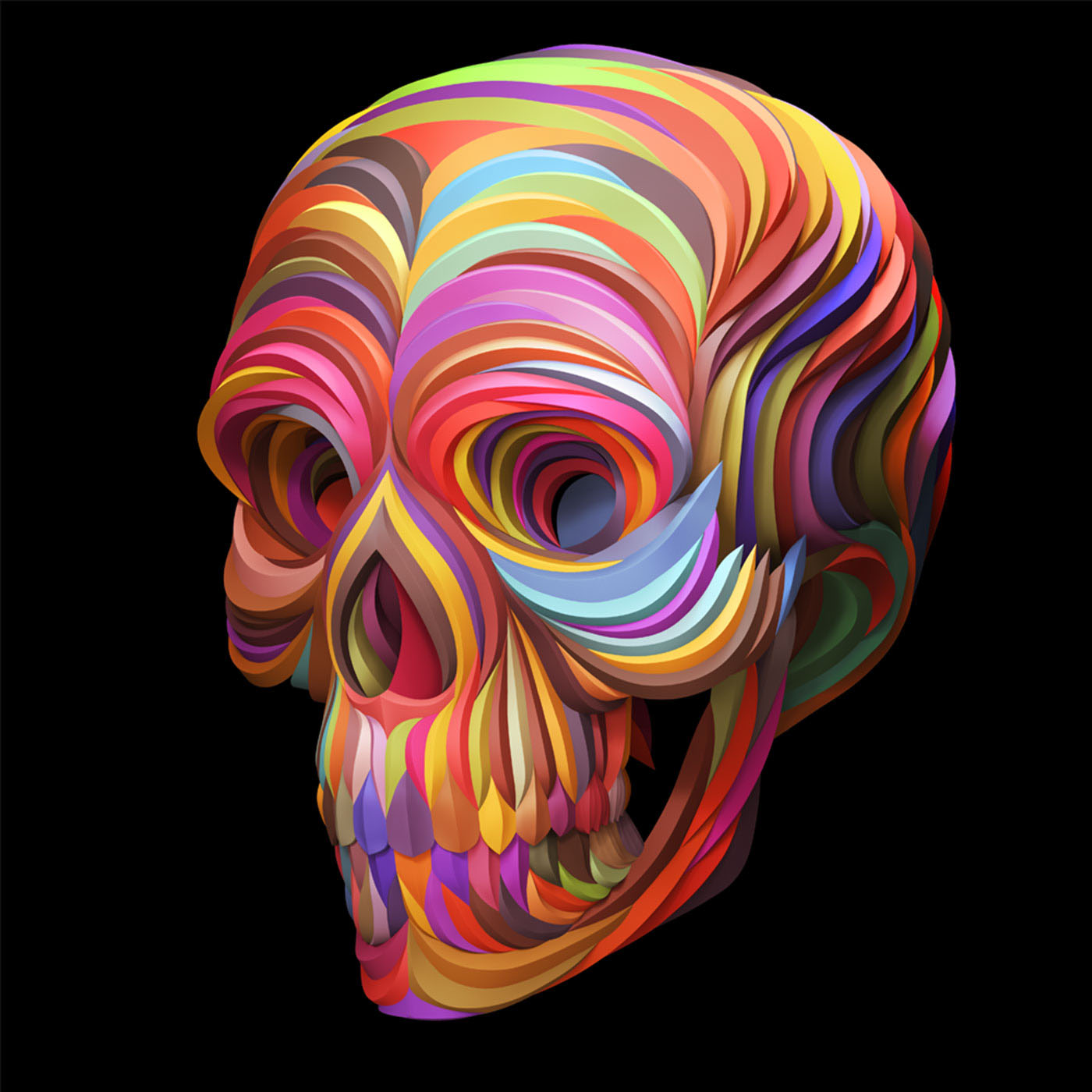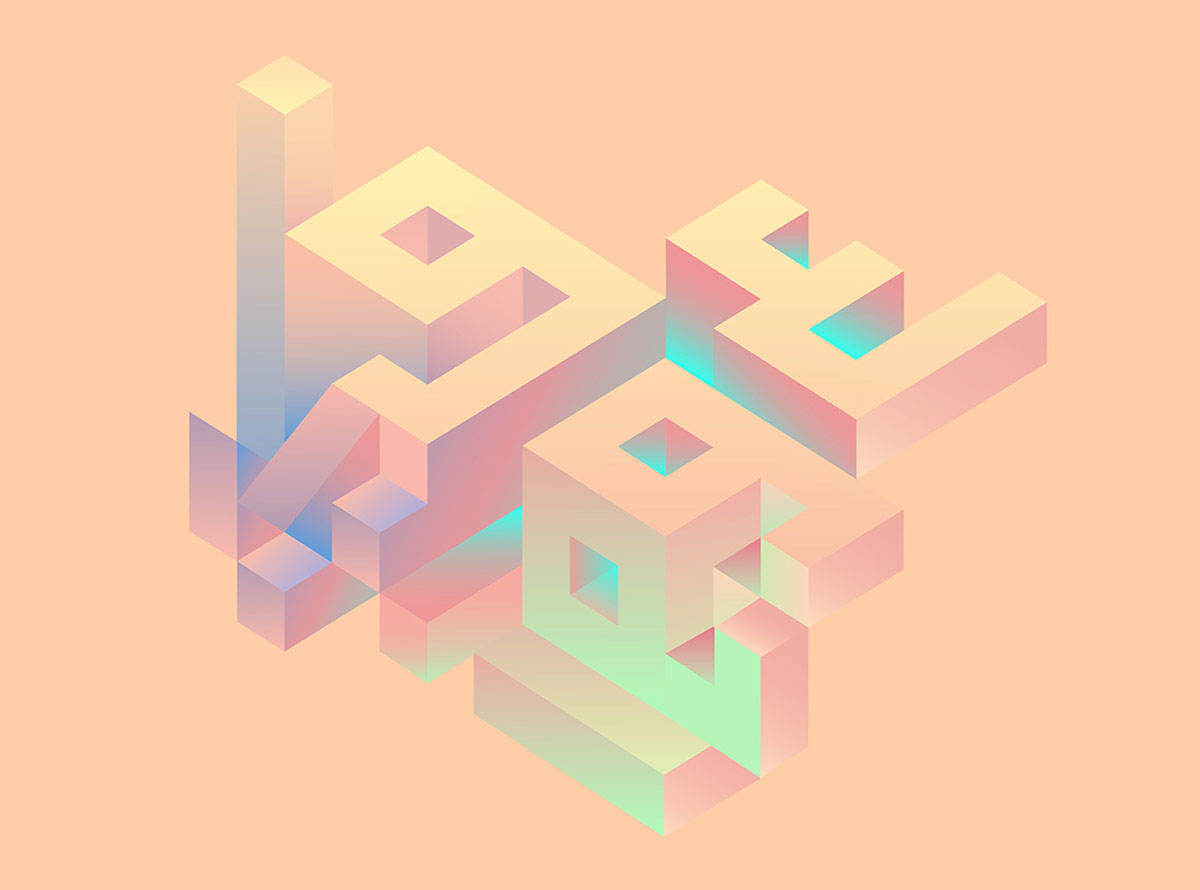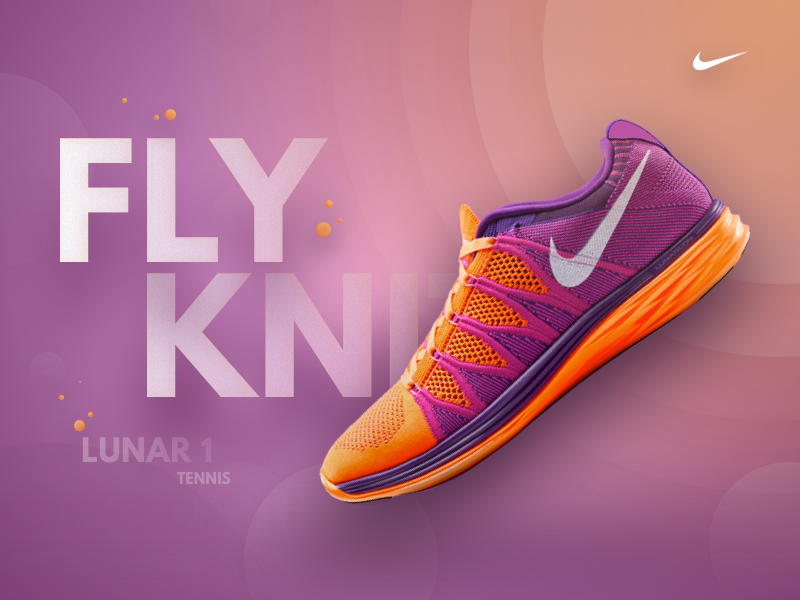We at Mindsparkle Mag try to source the best of what’s out there in the design world in our design blog, sharing them with you daily. Having reflected on the year’s content, we have compiled a list of design features which we believe have the most potential to become design trends in 2018. Without further ado, here are our top 20 predictions.

Over the past two years we have seen an increasing number of 3D design projects. While looking at some of the top leading 3D artists such as MVSM or Peter Tarka, we predict that 3D still lifes will become even more popular in 2018. This will be especially true for corporate collaborations in combination with logos and product placements.


The rapid growth of Augmented Reality or ‘AR’ will not only be noticed in the games, video and app industry. We believe that AR has good prospects of taking over the design community as well, particularly with mobile devices. A potential source of inspiration may come from DIA Studio, using interactive 3D typography on everyday objects.
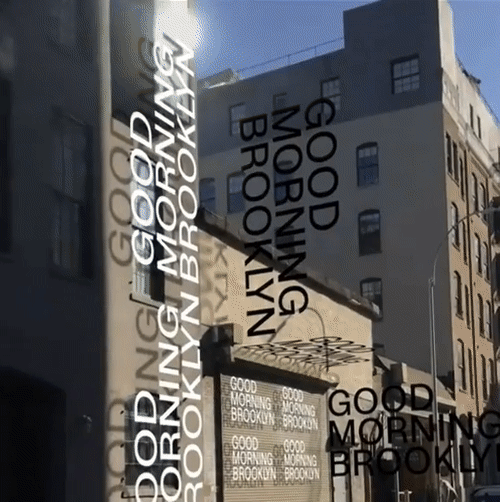

In 2018, 3D typography will become more and more popular. The key will be to look impressive and push creative boundaries. 3D has become important for corporations (i.e. Nike) as they are an effective means of both connecting with and impressing their audience. We will certainly be seeing more 3D type animation as well.
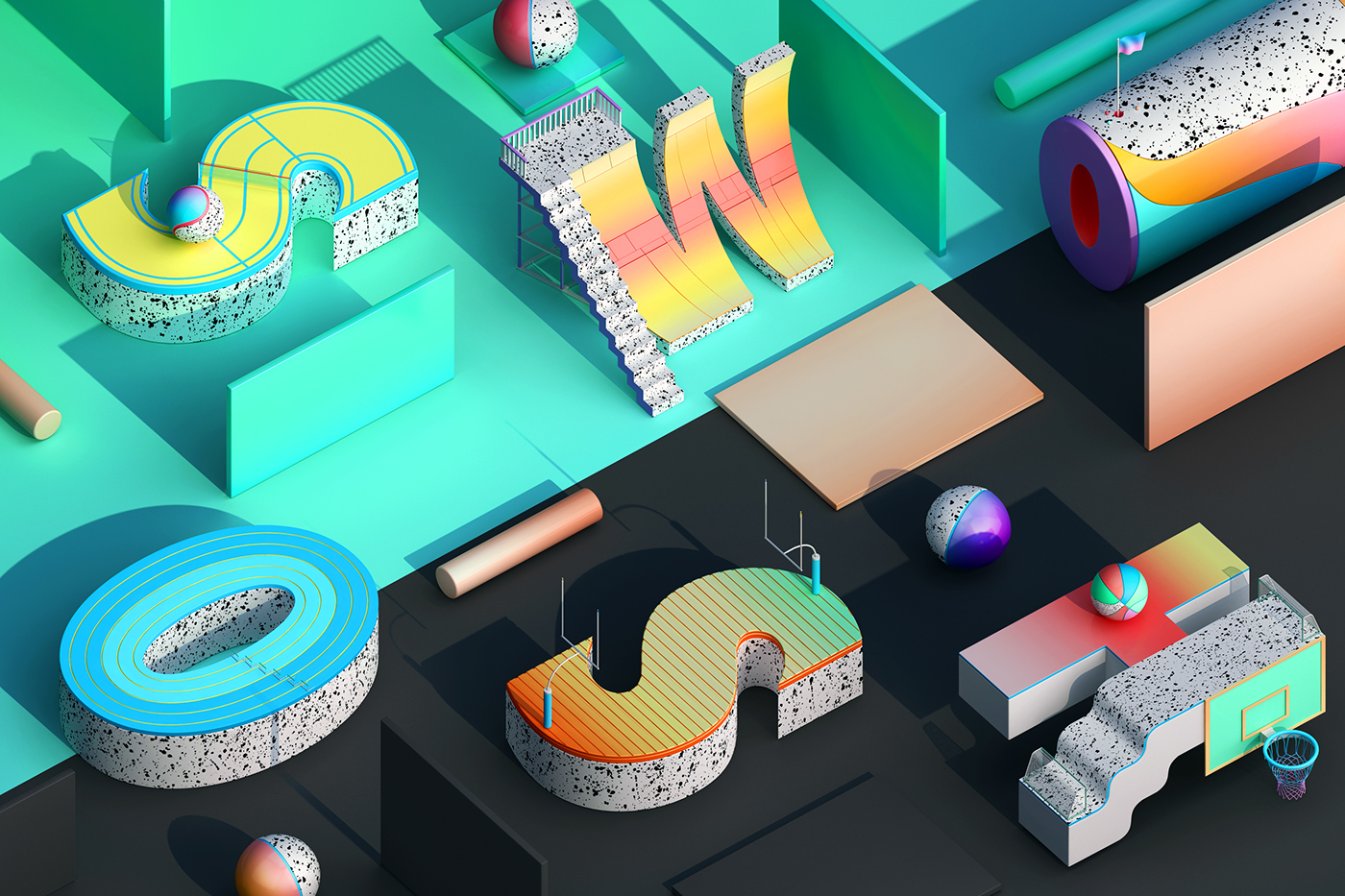

New tools (such as tablets, stylos, etc.) and new apps are making it much easier to use hand-drawn techniques and merge it with digital. The days of ‘old brushes in Photoshop’ are now officially over. The new trend, called ‘digital paintbrush’, is much more versatile, making use of dimensions and ultimately giving off a more modern and aesthetically pleasing look. More and more brands such as Adobe or Nike are integrating their brand or product using this technique.
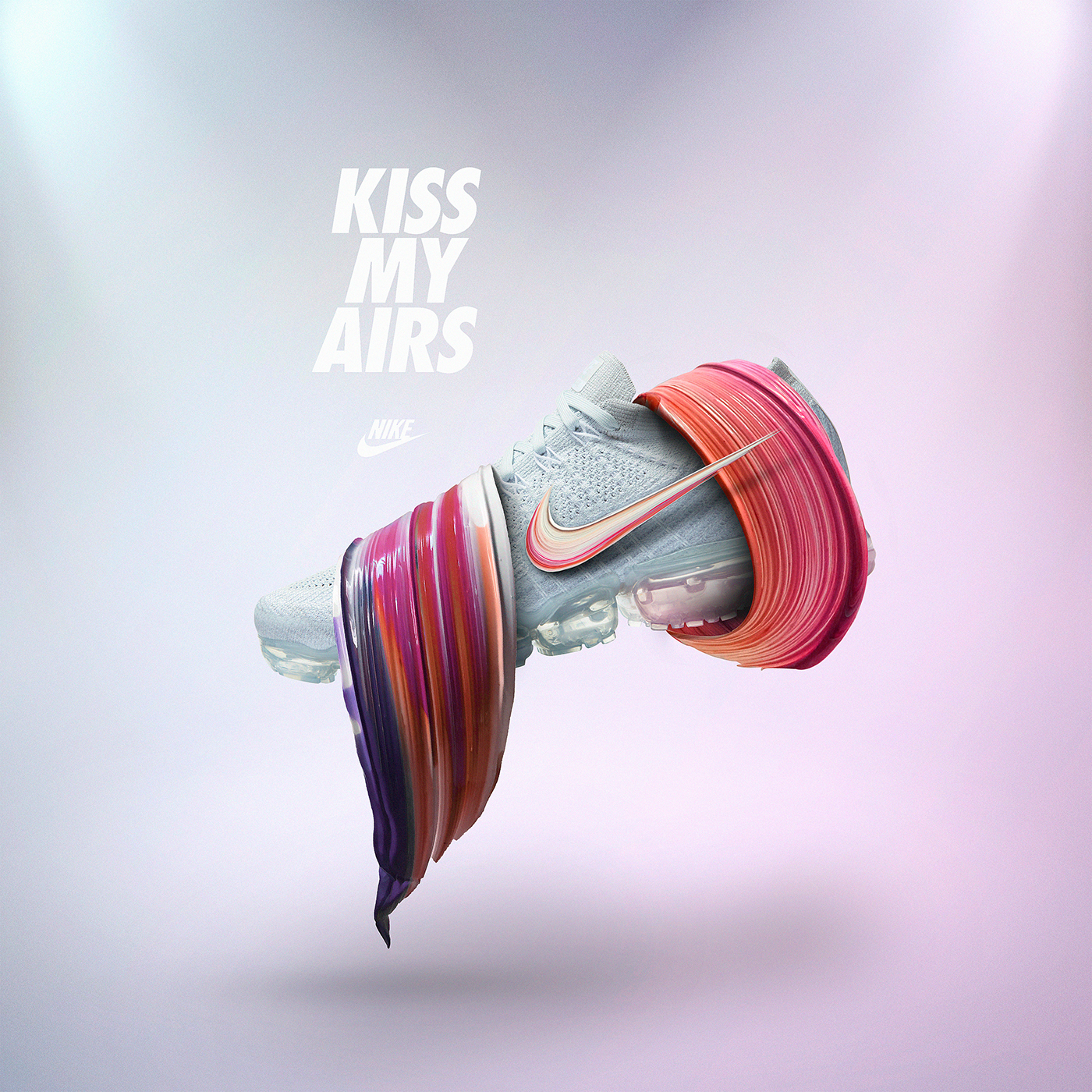

Gradients made a comeback in recent years and we expect this trend to continue, yet diversify. We will discover more gradient innovations, particularly with the use of bright and vivid colours in combination with a variety of textures. Gradients 2.0 will also include dual tone effects.
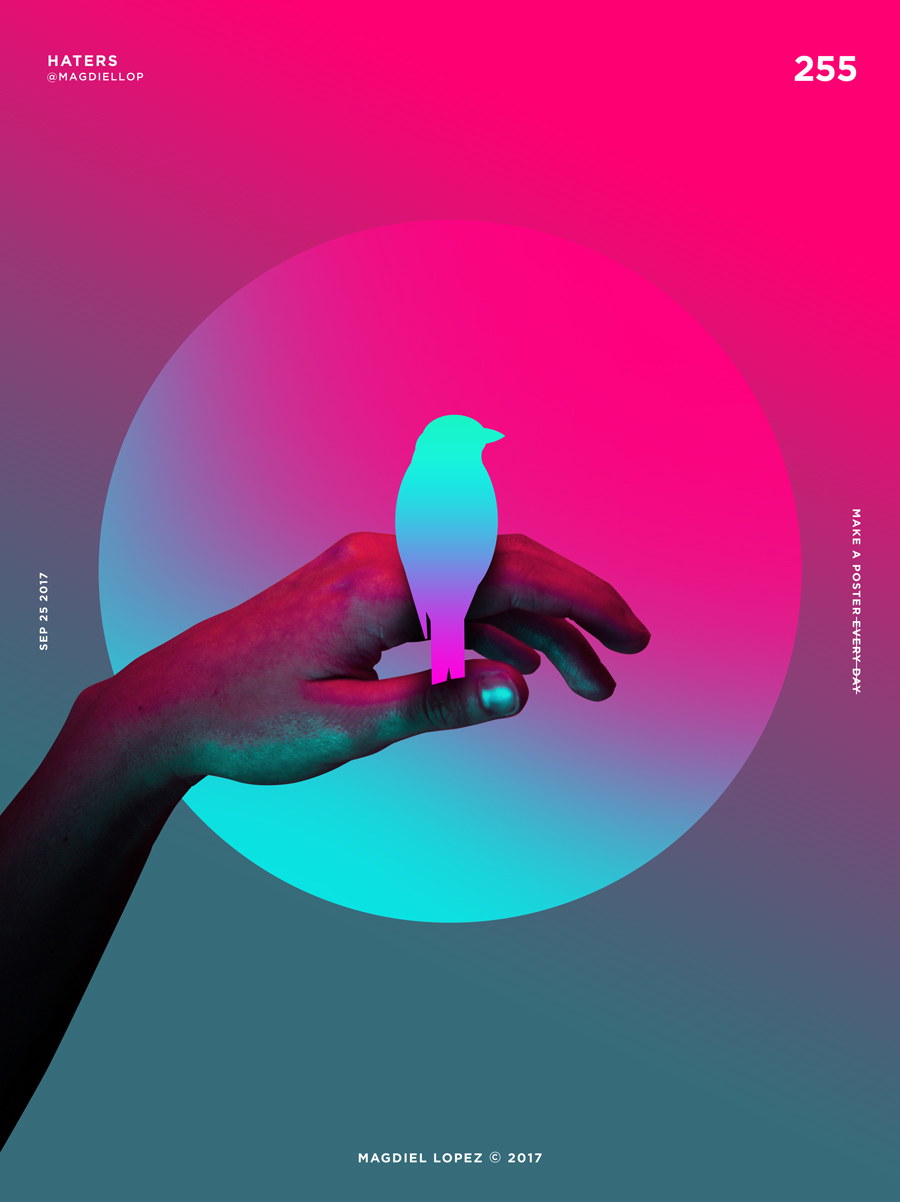

Similar to the AR trend mentioned above, we expect more designers to merge 3D graphics and particularly animations with flat 2D design, as the talented designer Baugasm had done in his poster series.


There has been a huge leap in the past two years in which 3D design has been perfected in every sense. The intersection between reality and fiction will become increasingly blurred and undistinguishable. We can bet that there will be a rise in more organic natural forms and movements that make 3D design artworks and animations even more eye-catching. This may include liquid forms and movements that we recognize from nature.
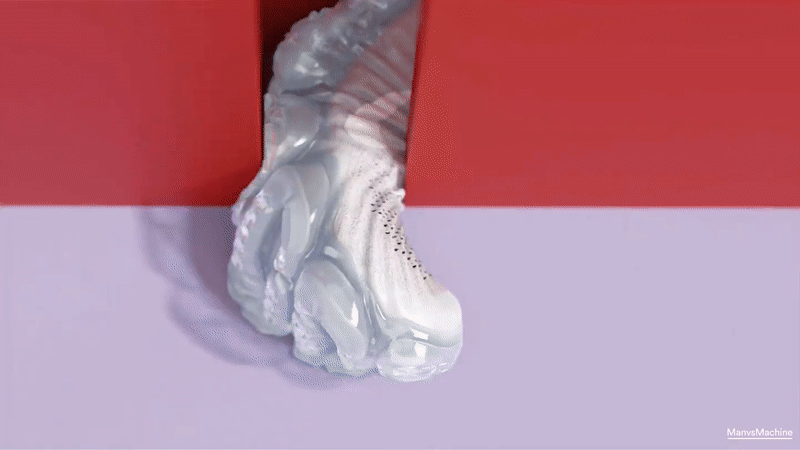

Modern photoshoots and brand campaigns will become bolder and more edgy, using illustrative and artful set designs. Whether these will be handmade from paper or enhanced with 3D mappings and visualizations, they are sure to stand out and remain firmly in your memory.
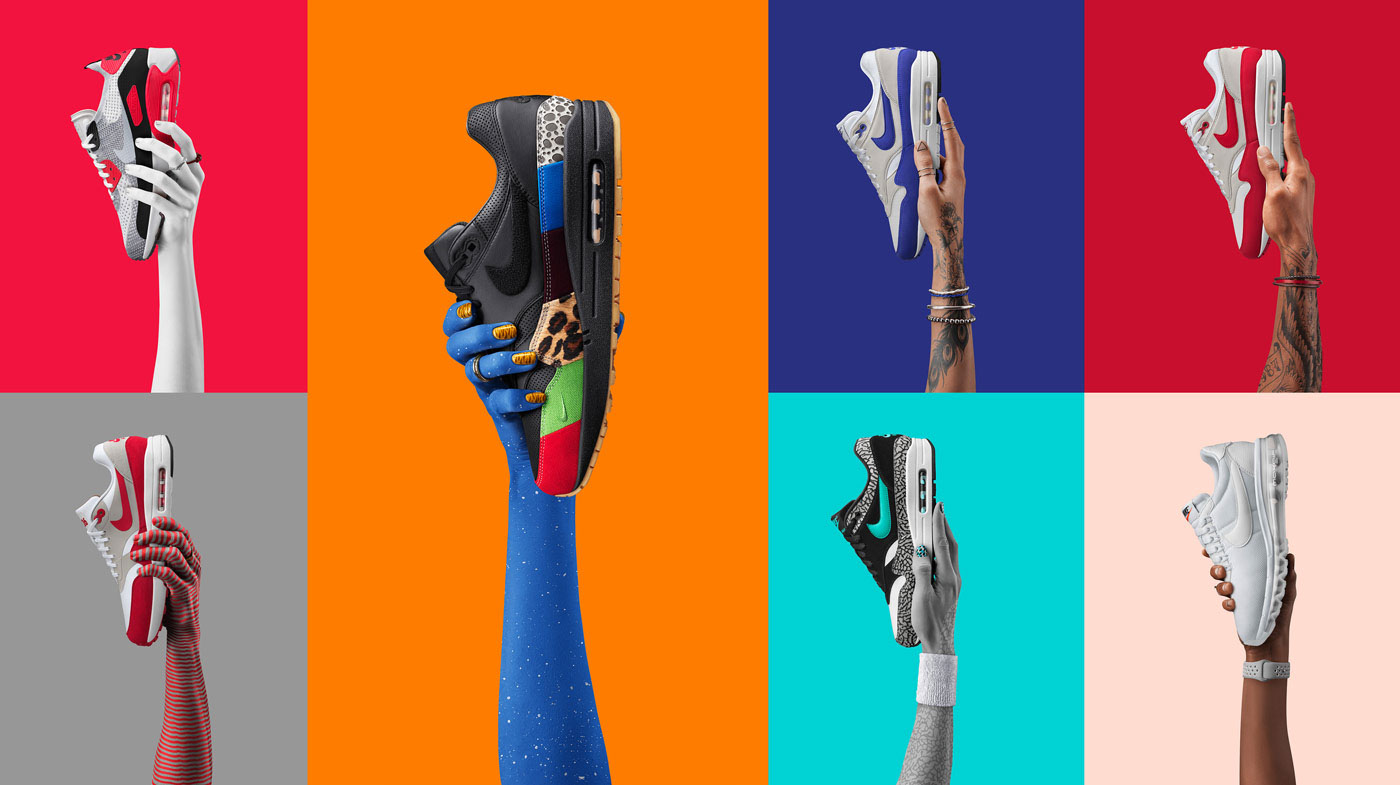

Modern illustrations combined with a retro look will be a major trend in 2018. Moreover, we will see a rise in thoughtfully crafted animations (ie. adding depth to flat illustration or subtle movements) which are intended to both delight and allow for more impactful storytelling.
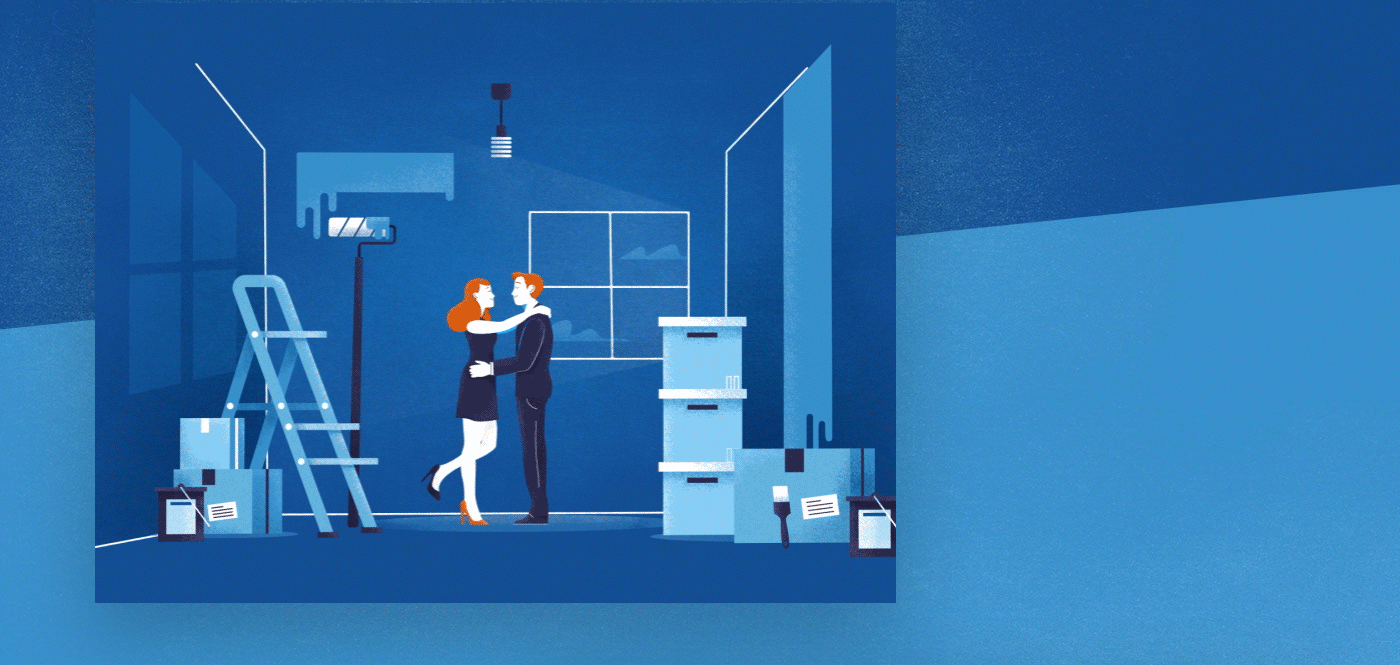

Another upcoming trend among photographers that is sure to be on the rise is the use of photography color gels or filters. This technique allows for endless possibilities, creating interesting colorful lighting situations for the photographed object. When using two or more different color shades, beautiful color fadings and contrasts are created which cannot be replicated in Photoshop.
